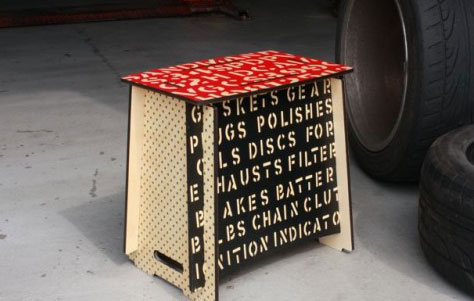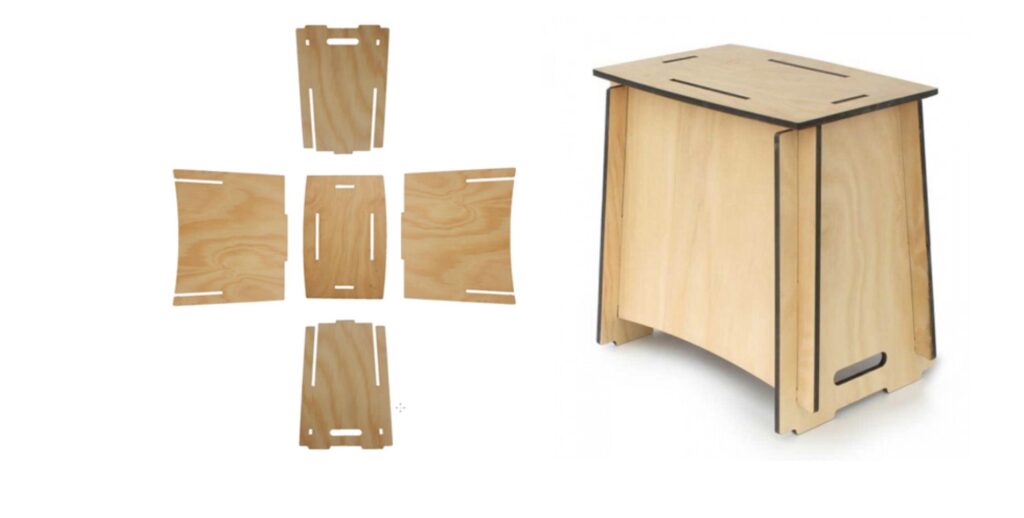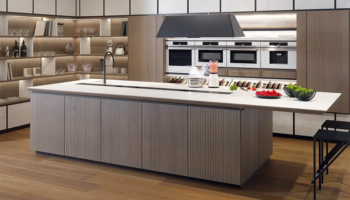
The Zaishu Stool Is Green and Gorgeous
Last week we examined how a burgeoning Australian technology to process a sustainable crop resulted in a House Made of Hemp stateside in Asheville, NC. Today we’re going back down under to profile Yamba, Australia’s Zaishu.

The Zaishu Stool. Designed by Matthew Butler and Helen Punton.
The company was launched by designers Matthew Butler and Helen Punton back in 2004 at Melbourne’s Center for Contemporary Art. They focus on producing functional, ecologically-sound, sustainable, and aesthetically engaging furniture. And just like the literary Oulipians before them, the ostensible constraint is actually an inspiration: “We believe the things with which we surround ourselves can be made sustainably without compromising their design or quality.” A case in point is Zaishu’s series of flat-pack stools/chairs/tables. As the word “Zaishu” originated as a Japanese term for a seat without legs, these versatile, five-piece, easy-to-assemble, easy-to-transport works of art derive from the iconography of the traditional Kimono.

Like a deconstructed Rorschach image, Zaishu appears in Kimono form only in its unassembled incarnation. Laid flat, the five components of the slot-together piece outline the Kimono’s basic shape, but when fully assembled, the Zaishu Stool is solid, versatile, easy-to-move, rife for creative use, and beautifully adorned. The decorative aspect of Zaishu is owed to design commissions with “traditional Indian sign-writers, graffiti artists, school kids, tribal artists and many more.” The look of the four pieces is somewhere along the continuum between Chris Rucker and Basquiat; they have a street-savvy that’s nicely counterbalanced by an elegant touch and an imagistic simplicity.

As to the environmental aspect, each stool is made of Native Australian Hoop Pine from sustainable forests. Zaishu sources all materials locally and assembles every stool at their own studio following comprehensive guidelines for ethical manufacture. Paints and varnishes are water-based, and the five pieces are packaged for shipping in a re-usable and sustainably harvested cotton bag. And their screw-less, nail-less, glue-less, and tool-less assembly saves further resources, all of which translates to an effective and beautiful blueprint for how to go green.




Leave a Reply